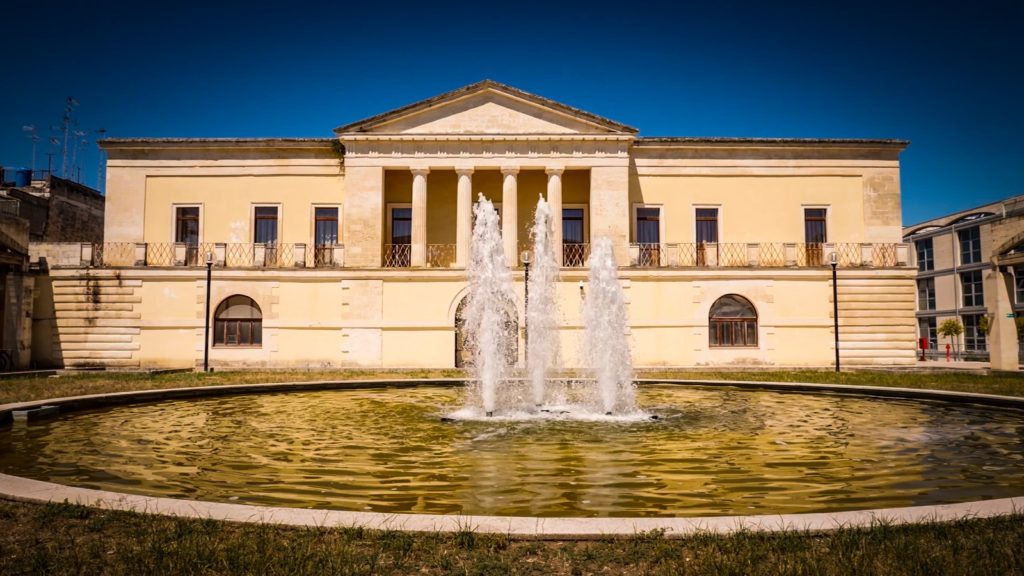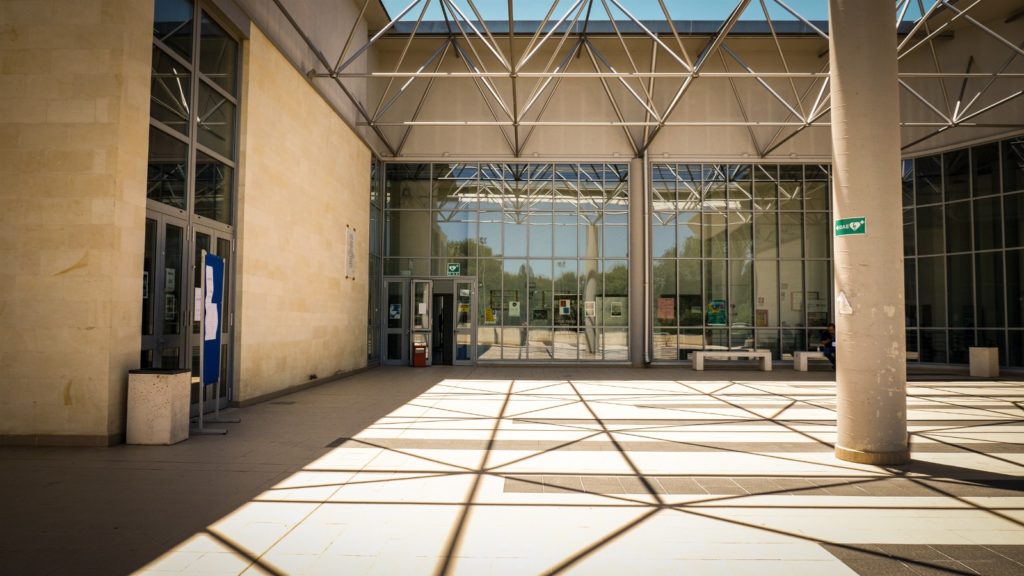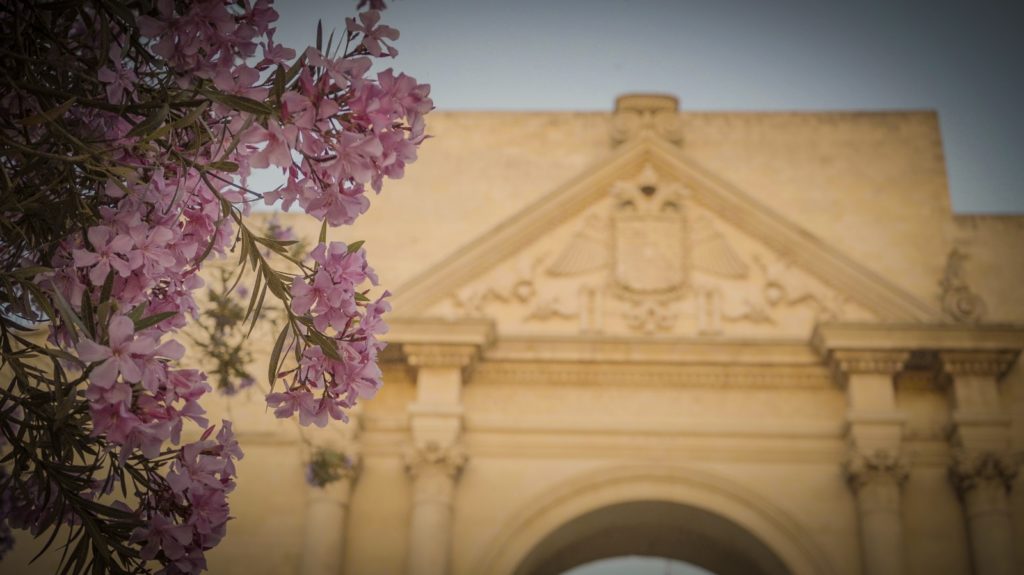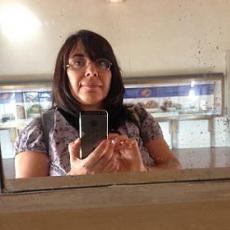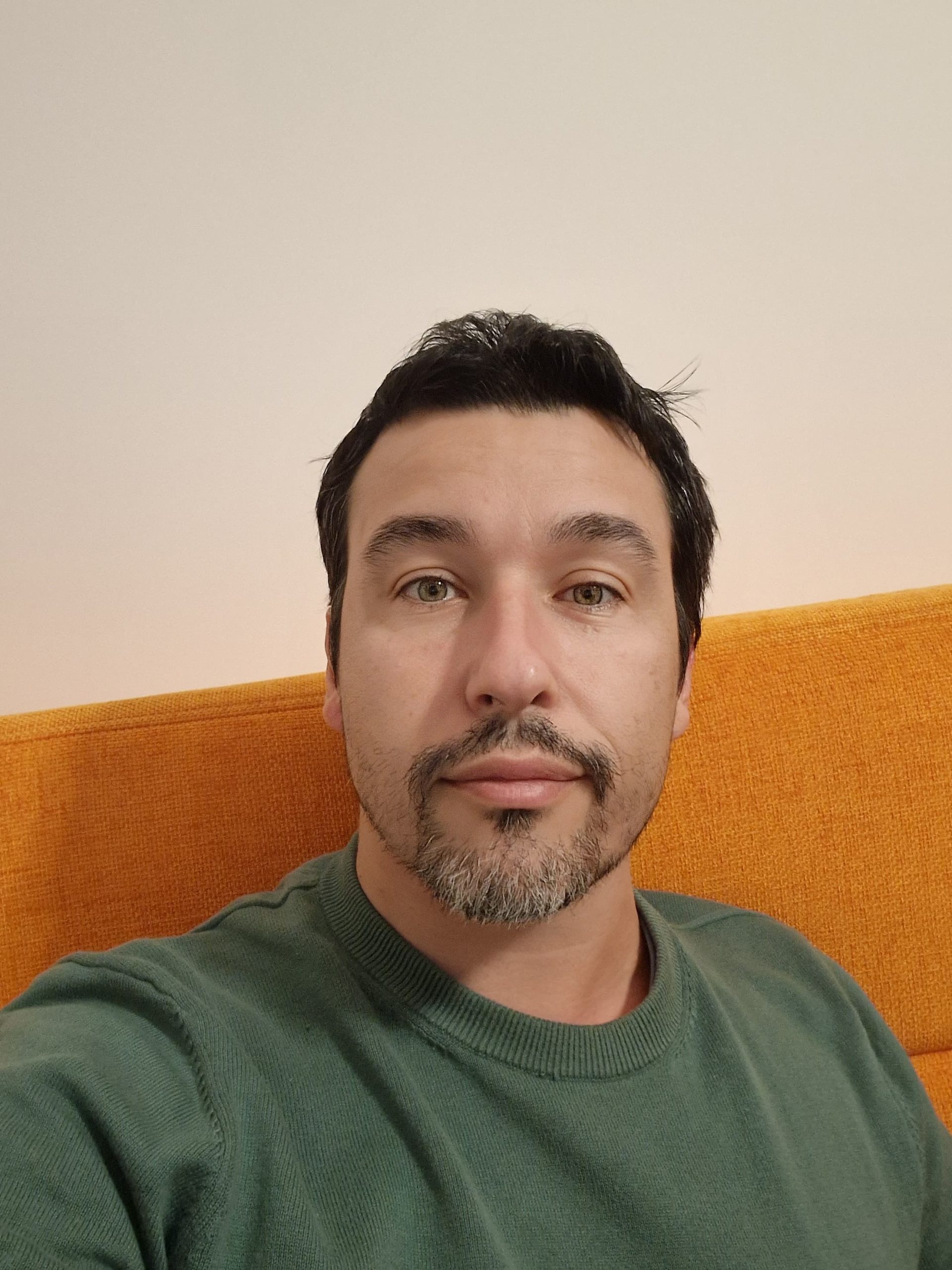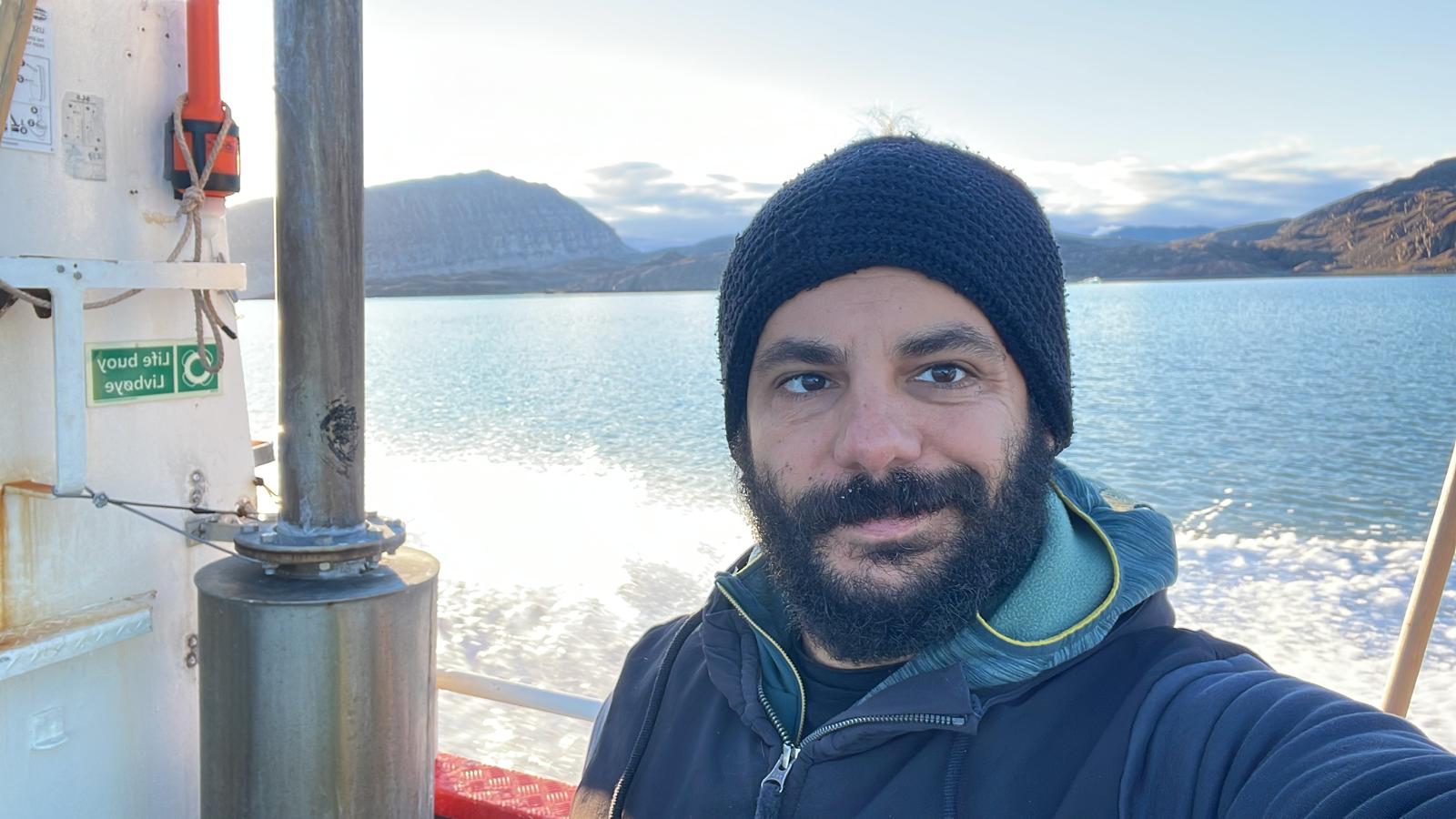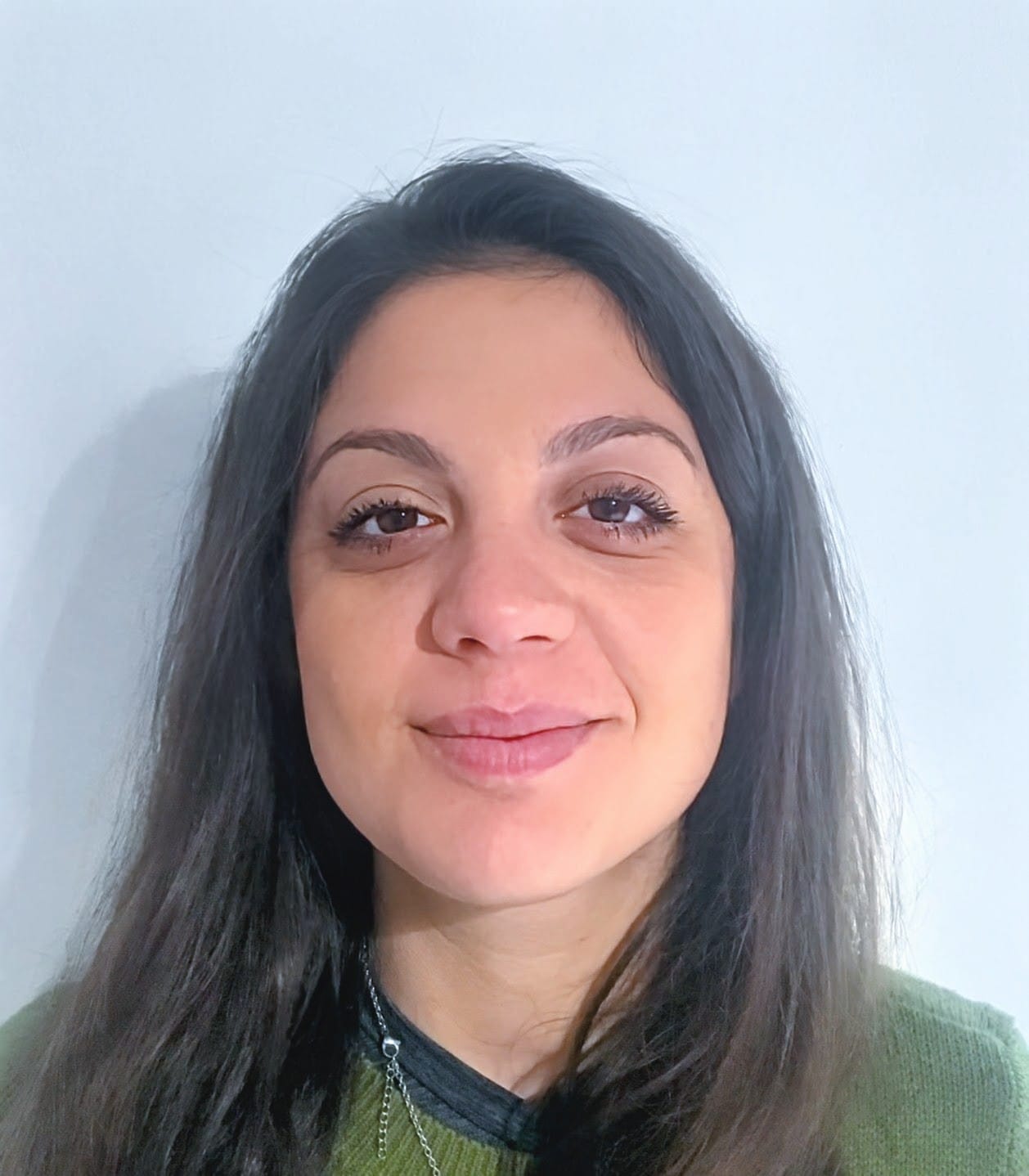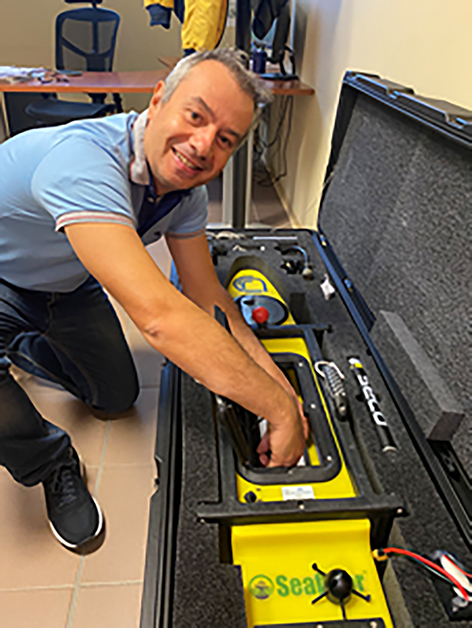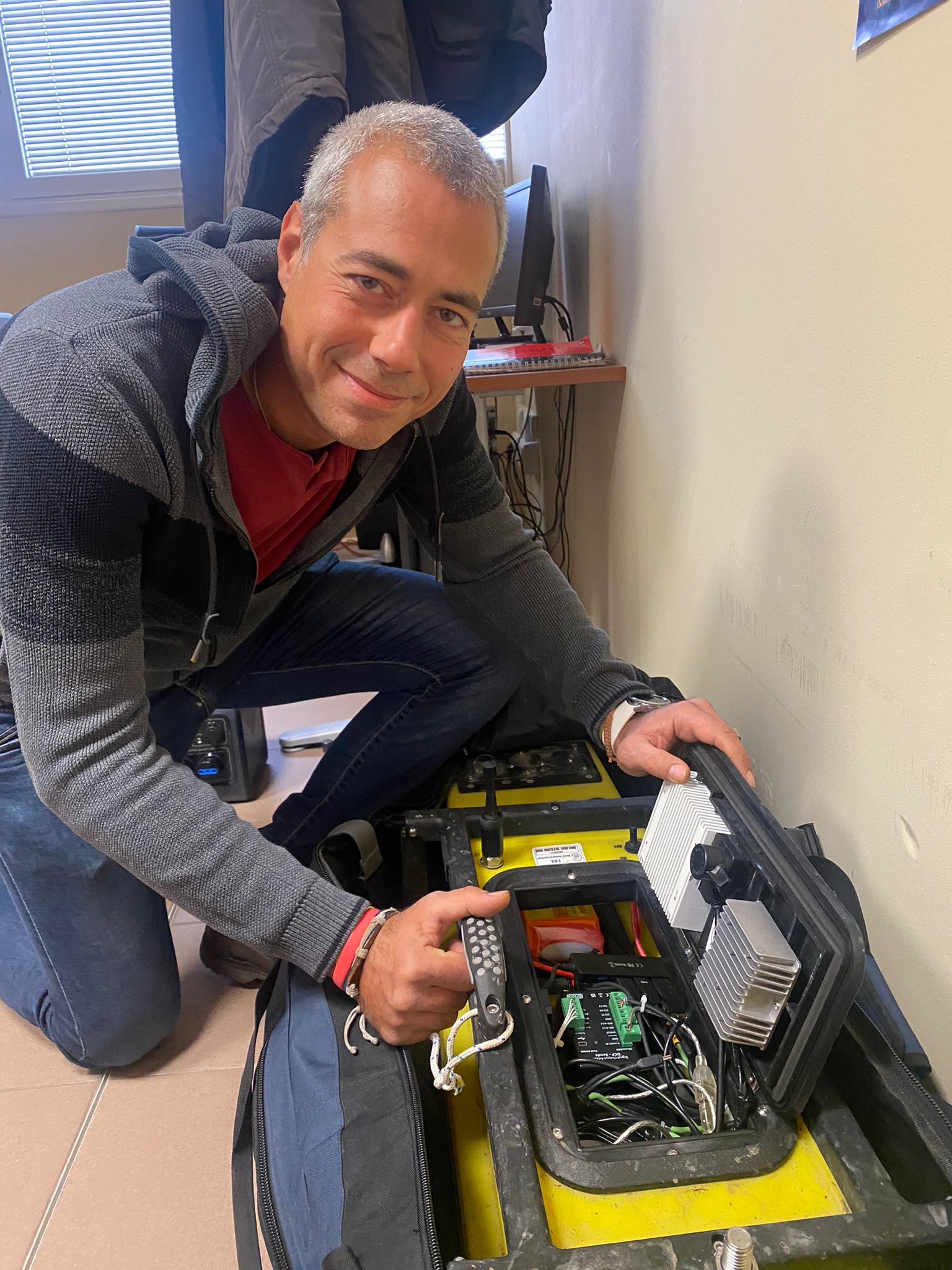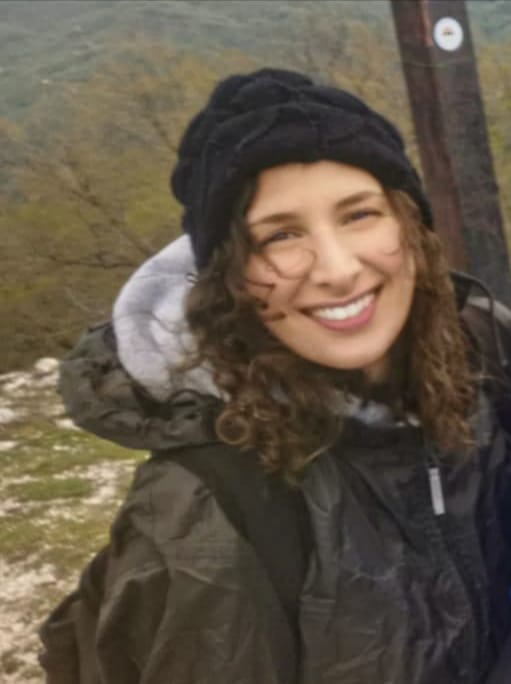Scientific Committee:
Presidency:
- Flavio Monti – CNR-IRET
Members:
- Rosario Balestrieri – Stazione Zoologica Anton Dohrn
- Alessandro Berlusconi – Università degli Studi Milano
- Chiara Bettega – Università degli Studi Milano
- Letizia Campioni – Ornis italica
- Gianpasquale Chiatante – Università degli Studi della Tuscia
- Alessandra Costanzo – Università degli Studi Milano
- Egidio Fulco – Studio Naturalistico Milvus
- Elena F. Kappers – Altenburg & Wymenga ecological consultants
- Cristiano Liuzzi – Centro Studi de Romita
- Giulia Masoero – Swiss Ornithological Institute
- Ugo Mellone – Mediterranean Raptor Migration Network
- Michelangelo Morganti – CNR-IRSA
- Samuele Ramellini – Australian National University
- Martina Scacco – Max Planck Institute of Animal Behavior
Organising Committee
Presidency:
- Prof. Alberto Basset – Università del Salento
Members:
- Rosario Balestrieri – CISO, SZN
- Genuario Belmonte – Università del Salento
- Laura Caciagli – LifeWatch ERIC
- Leonardo Chiriacò – Or. Me.
- Cristina Di Muri – CNR-IRET
- Giuseppe La Gioia – Or.Me.
- Luigi Musco – Università del Salento
- Gloria Ramello – CISO, GPSO
- Ilaria Rosati – CNR-IRET
